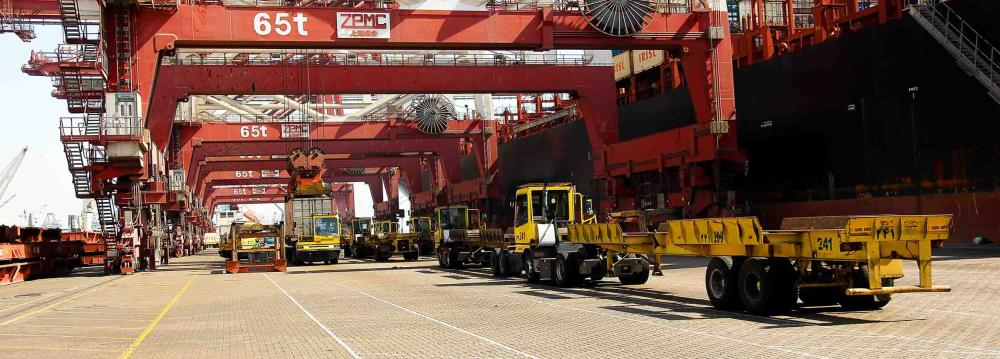The High Council of Free Zones has given the nod to the Islamic Republic of Iran Customs Administration to exercise customs controls and collect duties at ports of entry of free trade zones.
Customs and border protection equipment were earlier installed only at FTZs’ ports of exit up until now, according to IRICA website.
The customs administration has also received a new truck outfitted with X-ray equipment it had ordered for Shahid Rajaei Port, enabling the speedy scanning of imported containers. Domestic resources were committed for the purchase, the report said.
There are now 12 X-ray trucks in Iran's customs terminals, three of which (including the new one) operate at Shahid Rajaei–Iran's most active port in the southern province of Hormozgan.
On average, about 2,000 containers enter Shahid Rajaei Port every day. Some 44 million tons of goods worth $11.14 billion were exported from and nearly 10 million tons worth $18.65 billion were imported to Iran via Shahid Rajaei Port in the last Iranian year (ended March 20, 2017), registering a 44% and 12% rise in tonnage and value respectively year-on-year. Some 5 million tons of cargos were transshipped at the port over the period.
Shahid Rajaei Port earned over 122 trillion rials ($3.24 billion) in revenues last year.
Earlier in February, the Headquarters to Combat Smuggling of Goods and Foreign Exchange's Spokesman Qasem Khorshidi announced that high-tech road cameras are being installed in Iran’s main transit routes for recording the weight of commercial vehicles to fight smuggling.
“The cameras are being installed every 20 kilometers. By using the information derived from sensors planted below the road surface (weight-in-motion devices), we can tell whether the vehicles have loaded or unloaded commodities along the way,” he was quoted as saying by IRNA.
The official believes the system can help eliminate smuggling by commercial vehicles.
The new measures have been taken in line with the government's efforts to combat the scourge of smuggling that is wreaking havoc on the Iranian economy.
According to Khorshidi, smuggling accounts for a quarter of Iran's total imports. He said mid-March that he believed the rate of smuggling was expected to decline 20% to $12-13 billion in the last Iranian year from $15.5 billion two years ago.
Statistics on last year's smuggling have yet to be released by the officials.
“This year (March 2016-17), some 400 smuggling rings were disbanded,” he was also quoted as saying by Mehr News Agency then.
Last year, 14 billion rials (over $3.7 million) worth of contraband were destroyed in Iran.
Apparel, foodstuff, mobile phones, gold ingots and household appliances top the list of commodities smuggled into Iran. Fuel is the main item smuggled out of Iran due to its cheap price compared to that in neighboring countries like Turkey and Pakistan.
According to the Headquarters to Combat Smuggling of Goods and Foreign Exchange, per capita consumption of contraband in Iran stood at $197 last year. Contraband comprises 83% of the mobile phone market, 47% of toy market, 27% of the apparel market and 21% of the household appliances market.
According to Abdolmajid Negaresh-Nejad, another official with the headquarters, every $1 billion worth of contraband smuggled into the country destroy 100,000 jobs.


